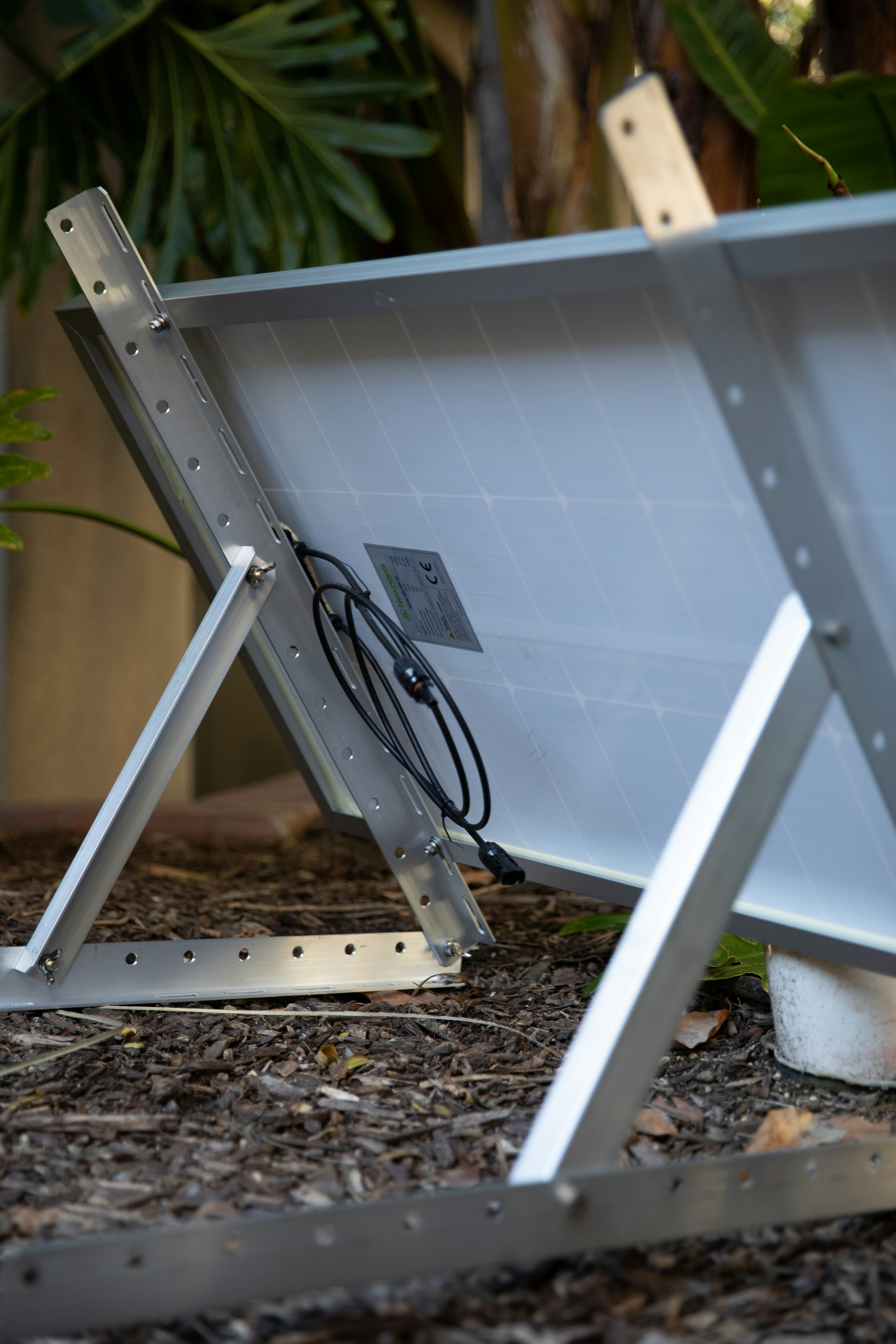
Introduction to Solar Panel Mounting
As solar energy becomes an increasingly popular choice for sustainable power, understanding solar panel mounting techniques is crucial for homeowners and businesses alike. Proper mounting is essential not just for efficiency, but also for ensuring safety and longevity of the installation.
Types of Solar Panel Mounting Systems
There are various solar panel mounting systems available, each tailored to specific environments and installation needs. The three principal categories include:
- Fixed Mounts: Ideal for residential installations, fixed mounts are stationary and secure panels in a specific angle optimal for sunlight exposure.
- Ground Mounts: Suitable for rural areas, ground mounts allow panels to be installed at an optimal height and angle, promoting better energy absorption.
- Tracking Systems: These advanced systems move with the sun’s trajectory, maximizing output by following solar patterns throughout the day.
Factors to Consider for Effective Mounting
When selecting a solar panel mounting solution, several factors must be taken into account. Geography plays a significant role; regions with heavy snowfall, high winds, or severe weather require robust mounting systems capable of withstanding the elements. Additionally, the orientation of the panels should be optimized based on local solar data to enhance performance. Finally, consider the aesthetics and local regulations which may impact where and how solar panels can be mounted.
In summary, proper solar panel mounting is a vital component of any solar installation. By understanding the types of mounting systems available and the factors influencing their effectiveness, individuals can make informed decisions that optimize their solar energy investment.
